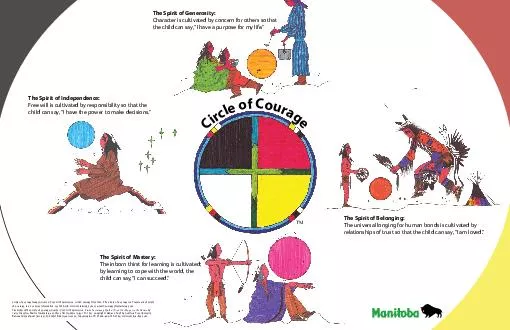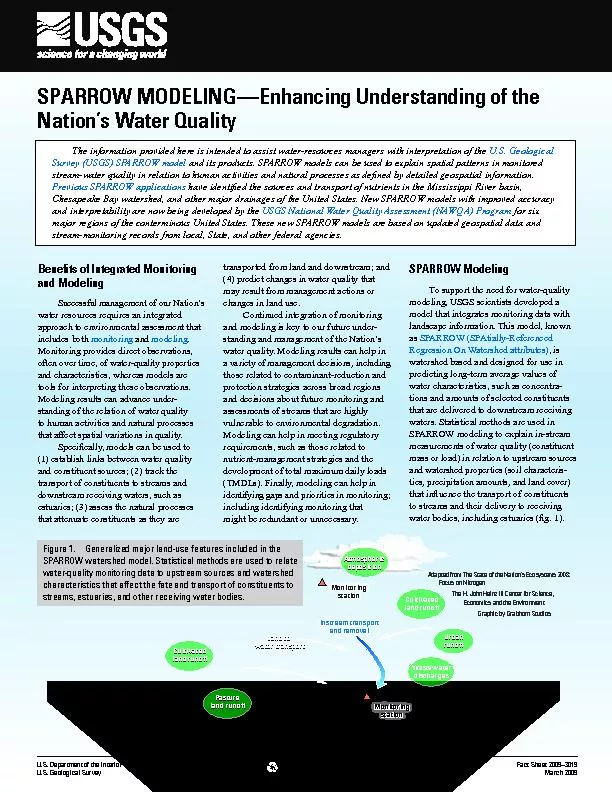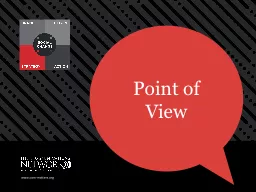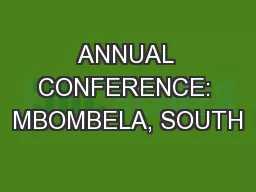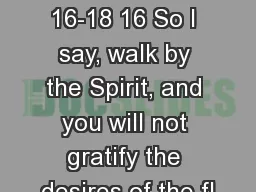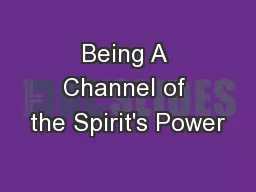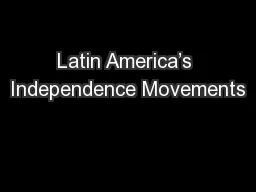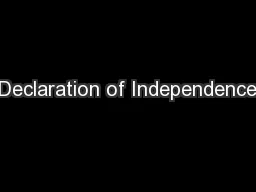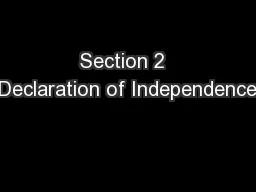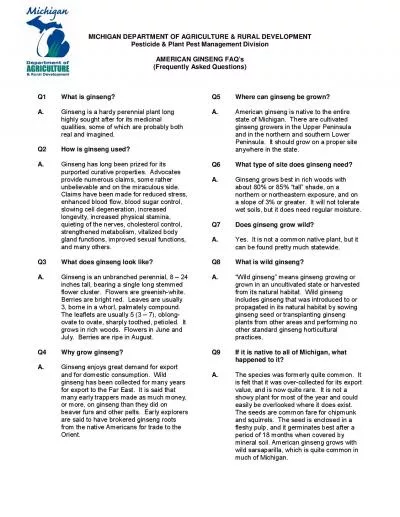PDF-The Spirit of Independence Free will is cultivated by responsibility so that the child
Author : karlyn-bohler | Published Date : 2014-10-29
The Spirit of Belonging The universal longing for human bonds is cultivated by relationships of trust so that the child can say I am loved The Spirit of Mastery
Presentation Embed Code
Download Presentation
Download Presentation The PPT/PDF document "The Spirit of Independence Free will is ..." is the property of its rightful owner. Permission is granted to download and print the materials on this website for personal, non-commercial use only, and to display it on your personal computer provided you do not modify the materials and that you retain all copyright notices contained in the materials. By downloading content from our website, you accept the terms of this agreement.
The Spirit of Independence Free will is cultivated by responsibility so that the child: Transcript
Download Rules Of Document
"The Spirit of Independence Free will is cultivated by responsibility so that the child"The content belongs to its owner. You may download and print it for personal use, without modification, and keep all copyright notices. By downloading, you agree to these terms.
Related Documents

